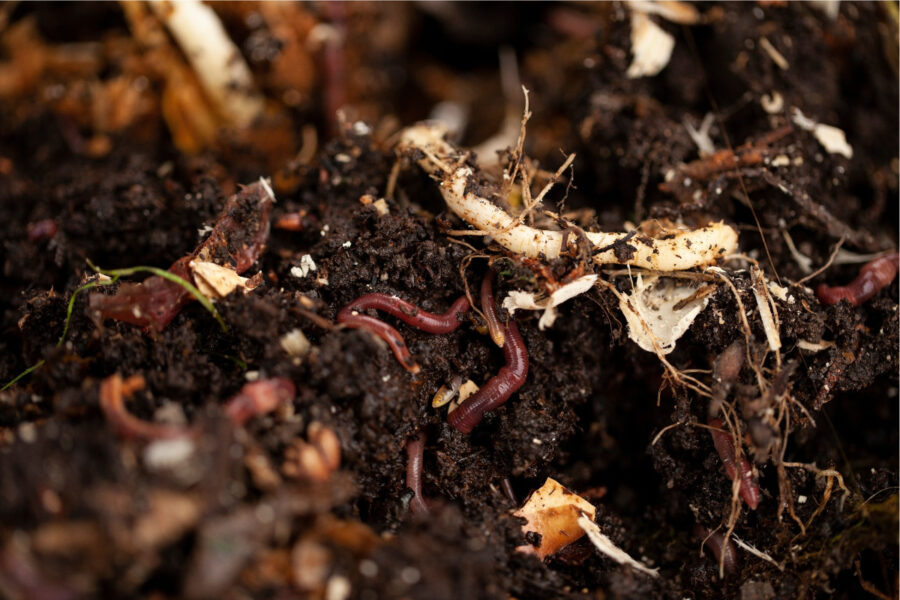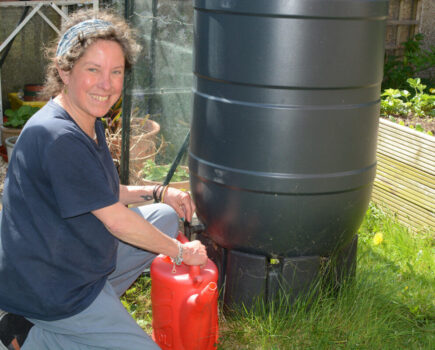Bob reveals his secrets to faster composting
Without doubt one of the simpler ways to make better compost is to make larger amounts at a time. Like a nuclear power station, the larger the pile the hotter, faster and more effective it will be.
Of course most folk only have a smallish composting bin they can add to as materials become available, and while this is okay, it only produces a small amount, relatively slowly. I’m here to tell you -we can do better.
Awkwardly, smaller bins are the hardest to manage because they lose heat faster than they can make it, thus the breakdown process is slow. Insulating your pile will make it work faster, though don’t prevent airflow as that’s needed in the process. Most heat is lost upwards so fashion a duvet of some sort you can just throw over, one that usefully protects against excess rainfall while retaining moisture and heat.
You can wrap the sides with insulation such as bubble plastic, and repurposed carpet is good as it ‘breathes’, but do leave a gap at the bottom and top for some air to get in and out. Some folk recommend (and there’s no reason why not), placing pieces of plastic drain pipe at the bottom just to allow more air in underneath.
Stir your pile
However there’s another approach to passive composting and that’s to stir it up. Lay a plastic sheet beside your bin and fork all the material out onto the sheet, breaking and mixing it up as you go. If it’s all a bit dryish add water (and pee, this is very useful as it’s also full of fertility). If it’s all a bit wet and claggy, simply add dry stuff such as sawdust, cardboard, shredded paper, straw or dry leaves.

Speedier compost making
In every case, mix it all well then repack it into the bin – but do not pack it down. Add it ‘loosely’ so as to include as much air as possible. You can expect a full bin to expand in this process so pile the stuff high then put the ‘duvet’ on top. Within a few days your pile will start heating up, and sinking. After a week or so you can test this by plunging a bit of metal pipe or rod down into the middle, after five minutes pull it out and it should be warm. Now your pile is cooking, and instead of waiting a year or more for slow breakdown this can be completed and the compost ready for use within a month or two.
However, to invoke the old saying ‘one good turn deserves another’, after a month or so repeat the process; dig it all out, mix and adjust it and re-pack once more. Now it will cook again and turn into really good stuff, much more broken down and lovely to use. Let the pile dry out for a while then sieve your compost before use. This makes it look nicer, and will make it easier to handle. Also, the bits sieved out are THE best accelerant to put in your next pile, inoculating it with all the right organisms for future compost harvests to come.

Find more tips, advice and articles like this at the Amateur Gardening website. Subscribe to Amateur Gardening magazine now





